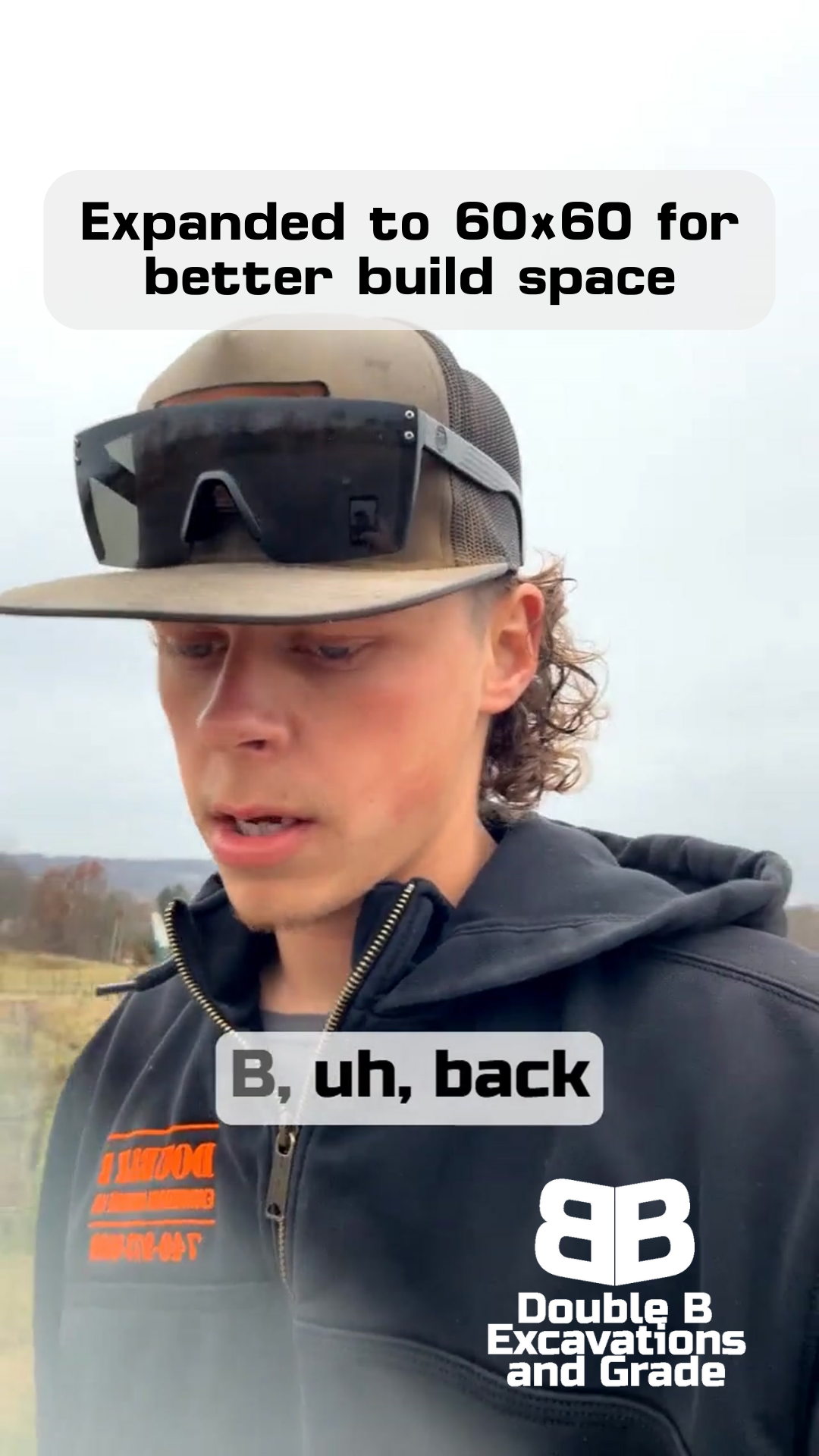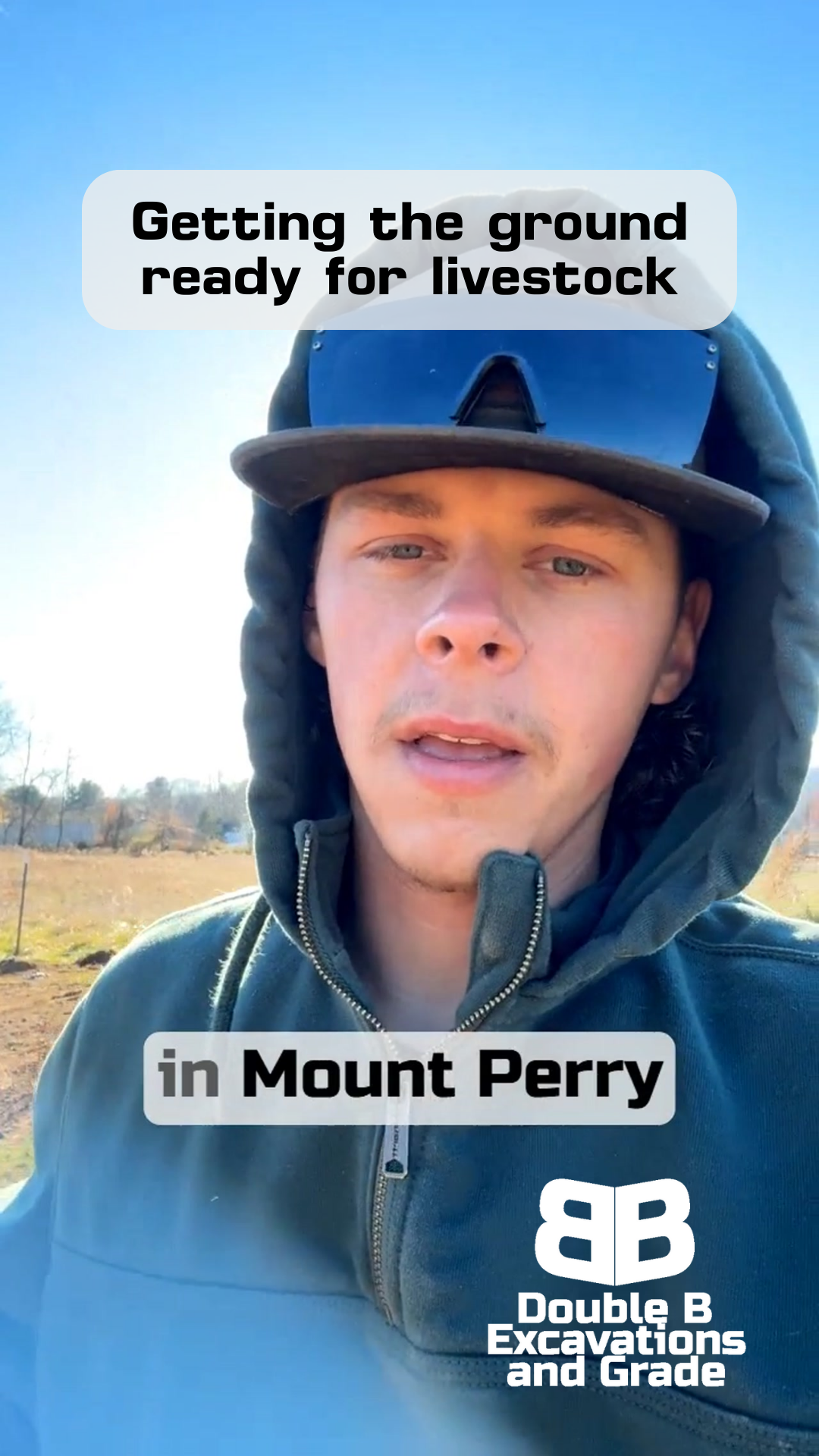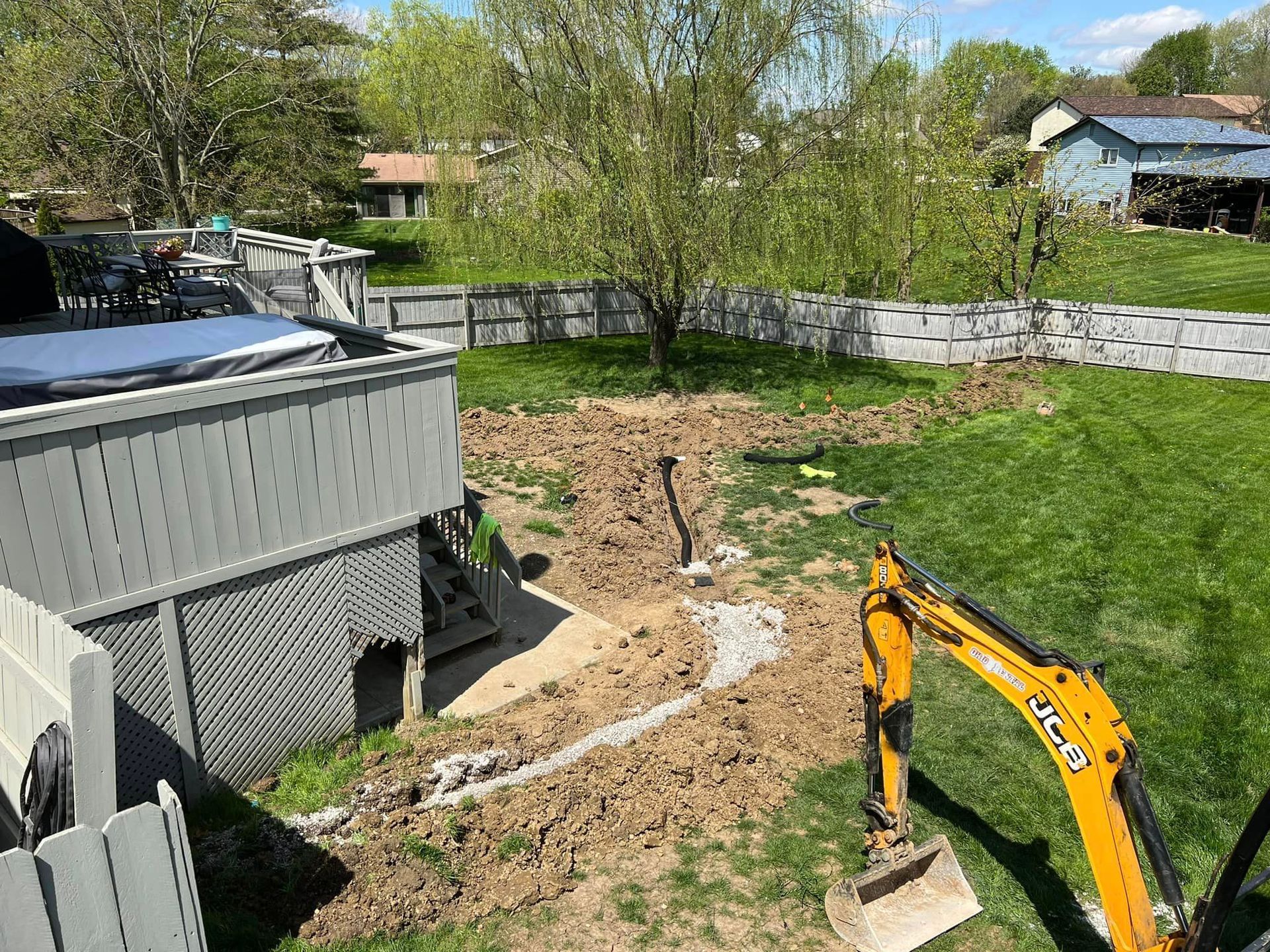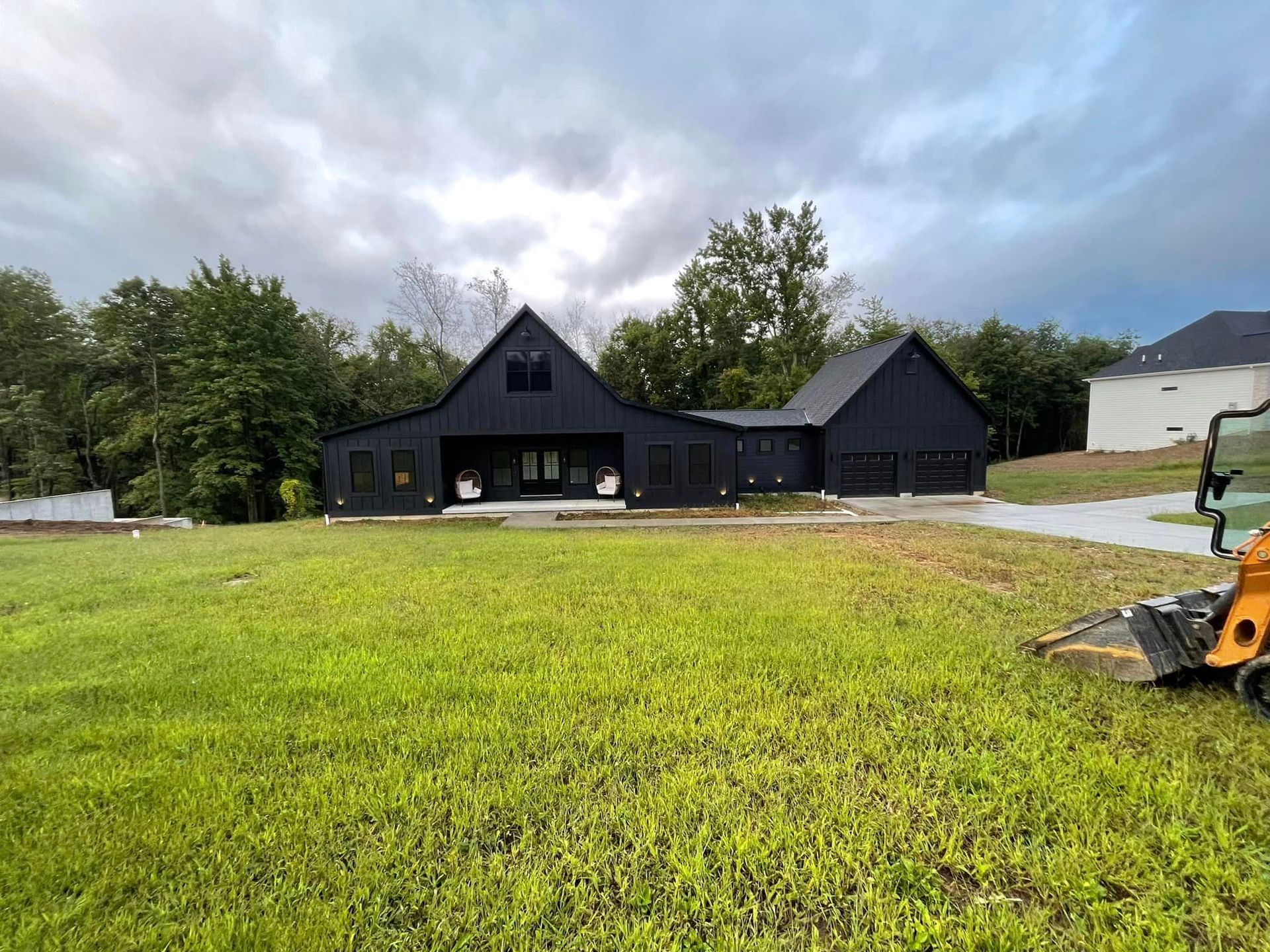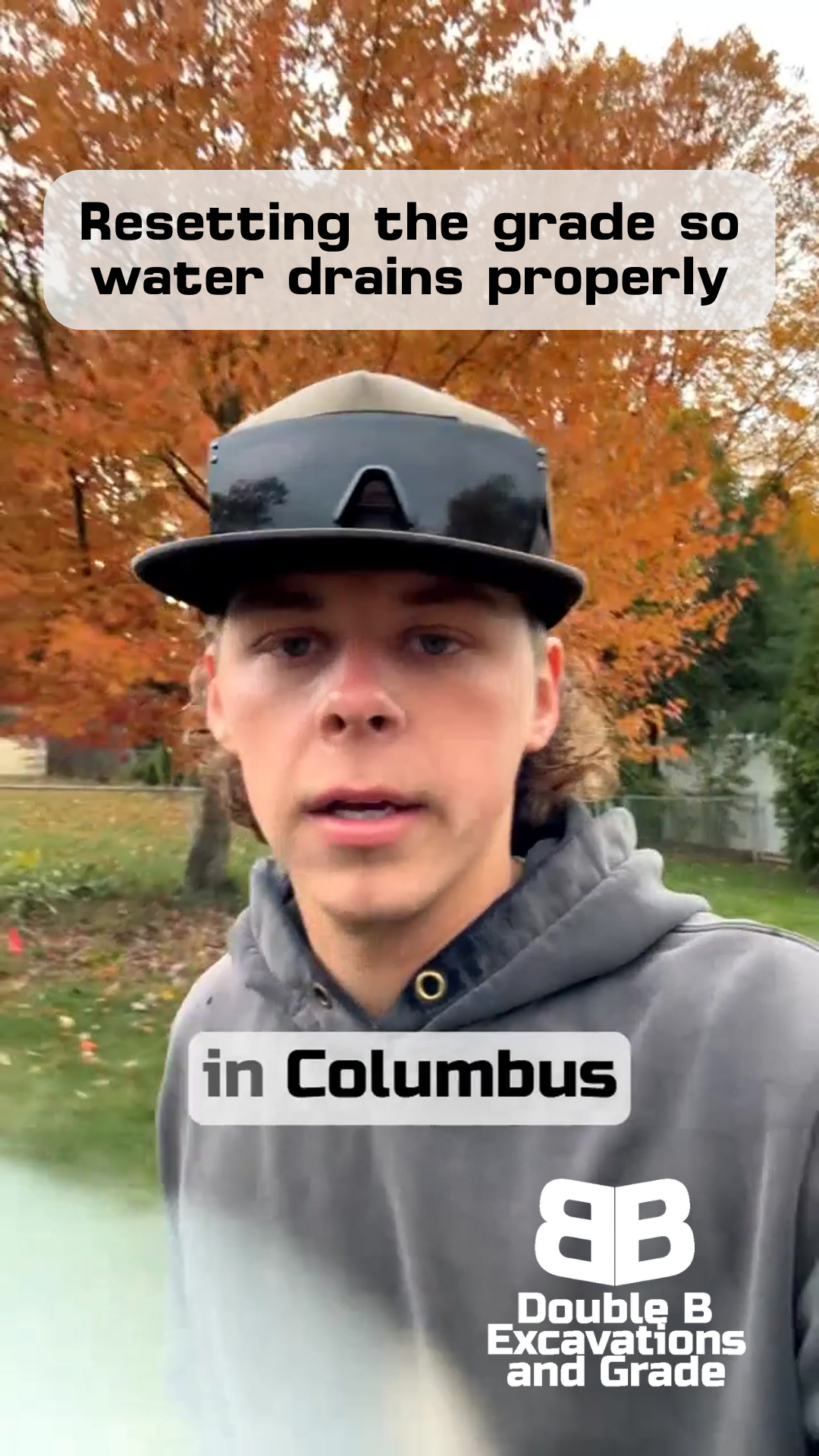Underground Utility Work: How We Navigate Gas Lines During Sewer Installation
Double B Excavations & Grade LLC
The Reality of Underground Work
WHY CAREFUL PLANNING MATTERS WHEN UTILITIES CROSS PATHS
When you're working around gas lines in Newark, there's no such thing as "just digging a hole."
Every scoop of dirt requires careful planning and attention to detail.
That's exactly what we're facing today - a sewer installation project that puts us right next to some important gas lines along a main road.
Most folks don't think about what's under their feet until something goes wrong.
But for us, understanding what's beneath the surface isn't just part of the job - it's the difference between a successful project and a potential disaster.
Even a seemingly straightforward sewer connection requires navigating a complex network of existing utilities.
Welcome to Double B!
Project Planning and Preparation
Before our excavator even touched the ground in Newark this morning, we'd already put hours into planning this project. The first step? Getting every single utility marked and verified. Those colored lines you see painted on the ground aren't just for show - they're our map for working safely around gas lines, water mains, and other underground services.
Working near a main road adds another layer of planning. We have to think about traffic flow, coordinate with local authorities, and make sure our work area is clearly marked and protected. Plus, we need to schedule inspectors to check our work at key points throughout the project.
The preparation might seem like overkill to some, but here's the truth: in underground utility work, you can't rush the planning stage. One wrong move around a gas line can turn into an emergency real quick. That's why we take the time to do it right, every single time.
The Technical Challenge
Let me break down what we're dealing with on this Newark project. When you've got both sewer lines and gas lines in play, it's like putting together a three-dimensional puzzle - except you can't see all the pieces until you start digging.
The gas lines require special attention. We can't just dig anywhere near them - there are strict rules about how close we can get and what kind of equipment we can use. Sometimes that means doing things the slower way, like hand-digging in sensitive areas. But when you're working with utilities, slower is always safer.
For the sewer installation itself, we're thinking about depth, grade, and proper bedding material. Everything needs to flow right, but we also need to maintain safe clearance from those gas lines. It's not just about getting the sewer in - it's about making sure both utilities can coexist safely for years to come.
Our Safety-First Approach
Here's how we handle these situations at Double B. First, we double and triple-check our utility markings. Even though we've got the lines marked, we treat every dig like there might be something unexpected down there. Because sometimes, there is.
Our crew uses a specific communication system when we're working around utilities. Everyone knows the plan, everyone knows what to watch for, and everyone has the authority to call a stop if something doesn't look right. When you're dealing with gas lines, you can't have any confusion about who's doing what.
We also keep our emergency procedures close at hand. Not because we expect problems - we don't. But because being prepared is part of being professional. Every person on site knows exactly what to do if we hit something we shouldn't. It's like having a fire extinguisher - you hope you never need it, but you always keep it ready.
Real World Application
Let's talk about how this all comes together on our Newark project today. We're working along a main road, which means we've got to think about traffic while we're focusing on what's underground. The sewer connection needs to run from point A to point B, but there's a gas line running right through our work area. This is where experience really counts.
Instead of seeing these utilities as obstacles, we treat them like puzzle pieces. We plan our dig path carefully, adjusting our approach based on depth and distance requirements. Our excavator operator knows exactly how deep to go and where to stop. Meanwhile, our ground crew keeps eyes on everything, watching for any signs that something's not quite right.
Working with inspectors is another key part of the process. They're not just checking boxes - they're helping ensure everything meets code and stays safe for the long haul. We've learned that having a good relationship with inspectors makes everything run smoother.
Closing
Underground utility work might not be the most exciting part of construction, but it's definitely one of the most important. When it's done right, nobody thinks about it - and that's exactly how it should be. The sewer flows, the gas lines stay safe, and life goes on above ground without interruption.
Looking Forward
If you're planning any kind of project that involves underground utilities in Newark or anywhere in central Ohio, remember this: the most important work happens before the first scoop of dirt moves.
Proper planning, careful execution, and respect for existing utilities aren't just good practices - they're essential for keeping our community safe and services running.
Need help with a utility project? We're always happy to walk through the process and explain what it takes to do the job right. Because at Double B, we believe in doing things the safe way, every time.
